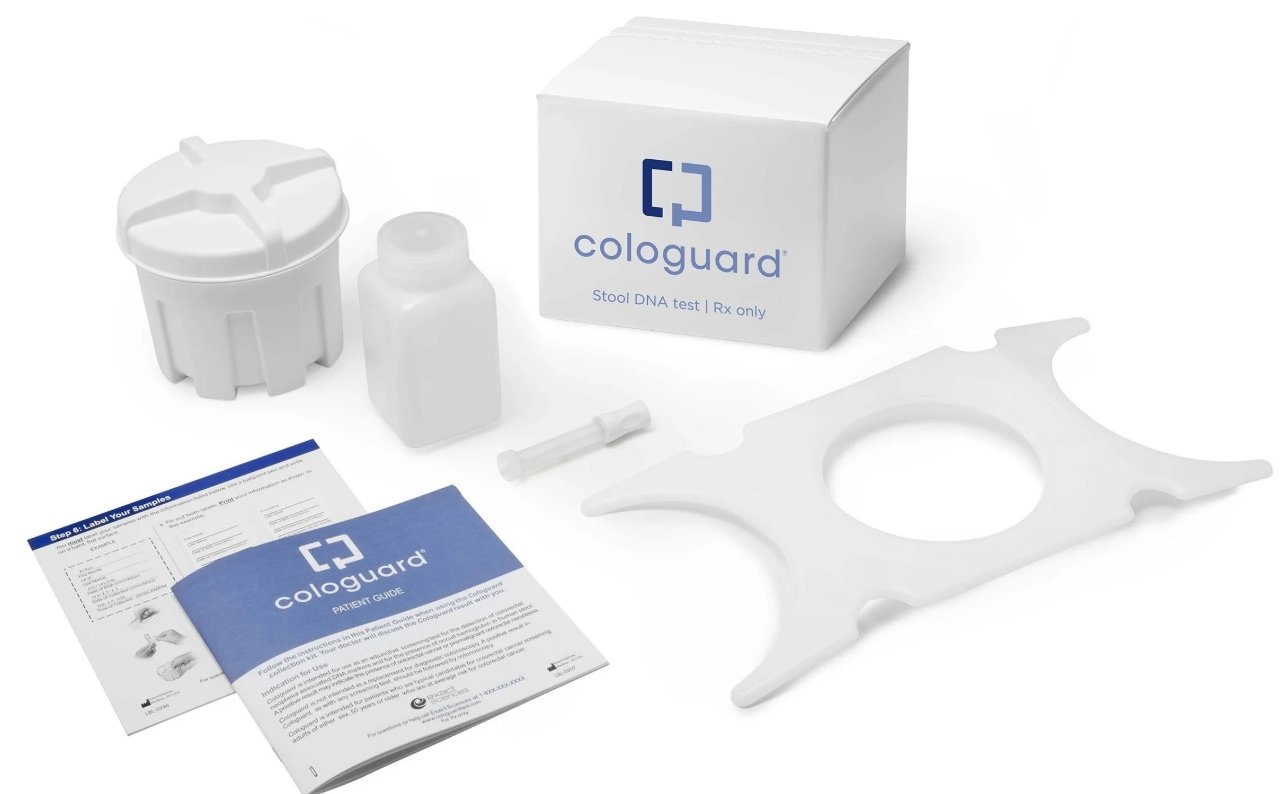
What were the key highlights of FY 21-22 at Univercells Technologies, particularly for the APAC market?
Our executive team has been focused on strengthening our corporate foundation with R&D innovation, as well as expanding the global partner network we have at Univercells Technologies. This has included creating more strategic alliances with academic and research institutions, and go-to-market strategies, to overcome gaps and work toward standardising technology solutions for the biologics and advanced therapy manufacturing sectors.
We have appointed more distributors in FY 2022 (channel strategy) and targeted effort has been placed on expanding in person APAC presence, as well, with hiring in China.
What major plans are in store for the APAC market this year? Any new partnerships, investments, products in the pipeline?
Since the inception of the company, we have recognised the importance of building and expanding our presence in the APAC region. There is a great deal of innovation across Asia that aligns with our driving principles of bioprocess intensification and integration for gene therapy and vaccine accessibility. We will continue to design and offer a complete range of solutions from very small scale to commercialisation, that can help streamline upstream processes and de-bottleneck downstream steps. But we also want to learn and evolve with the leading innovators in the space, and via collaborations such as with VectorBuilder and with TFBS Biosciences we hope to grow deep roots in APAC.
What are the key challenges facing the biomanufacturing industry and how are you addressing those?
One of the greatest challenges facing the biomanufacturing industry today is a lack of sufficient capacity. In addition to steadily growing demand for traditional recombinant proteins and monoclonal antibodies, numerous candidates leveraging novel modalities such as antibody-drug conjugates, multispecific antibodies and cell and gene therapies are rapidly advancing through the clinic. The unexpected need for large volumes of COVID-19 vaccines and therapeutics exacerbated this existing situation.
Customers are looking for supply partners that can offer reliable access to the technologies and components they need. Single-use technologies (SUTs) distribution is the current challenge, with short supply seen in single-use components/ pressure sensors, mixing bags, pH probes etc. Even with an increased appetite for single-use technologies (increased adoption rate), the price controls are conflicting with inflation, creating tension in the market.
The capacity shortage relates to not only the lack of physical manufacturing capacity for products such as plasmid DNA and viral vectors, but supply-chain shortages, most notably for single-use components and assemblies, but also some raw materials. Inefficient processes are another contributing factor, particularly with respect to viral-vector production. Lack of skilled talent is a further challenge.
Univercells Technologies is addressing these issues with the introduction of solutions that enable process intensification, including for viral-vector manufacturing. For instance, our upstream-midstream Nevoline biomanufacturing platform integrates and automates cell culture, transfection/infection or induction, and virus production in a fixed-bed bioreactor to deliver a clarified and concentrated harvest prior to downstream processing.
We have also worked to internalise as much of our production and supply as possible. When outsourcing, we are multi-sourcing vendors based on quality and reliability. Our number one goal is to be able to deliver on time, and we are rather proud to say that throughout the pandemic and into today, we have maintained 8 week or less delivery times. Not a lot of suppliers can say that!
How is the biomanufacturing space developing in the APAC region? Are some countries doing better than others especially with new technologies coming up? Why?
The growth rate of the biopharma industry in Asia is much higher than that in other parts of the world, particularly in China. Due to the supply interruptions caused by the COVID-19 pandemic, this rising demand is being met, not using Western reagents, equipment, and technologies as was the case prior to the international health crisis, but more and more frequently with goods offered by local vendors, leading to significant innovation in the region, and most notably in China and India. The capacity and capability of biopharma companies and contract manufacturers in these two countries to produce biosimilars and novel branded biologics has increased measurably. Of course, international biopharma companies and biopharma industrial suppliers are also expanding their presence in the region to meet the growing demand and comply with requirements for in-country production of drug products.
Important Asian biologics manufacturers include TFBS Biosciences in Taiwan, WuXi Biologics (also represented by WuXi AppTec) in China, Samsung Biologics (also represented by Samsung Bioepis in Korea), Celltrion, and the upcoming Lotte Biologics in South Korea, Chugai and Takeda in Japan and Dr. Reddy’s and Cipla in India, to name a few. China is notable for its fast growth and rapid adoption of advanced technologies, including single-use solutions. India is recognised as a leader in the biosimilar space (represented by Biocon leading the generic mAbs powerhouse), but much of its manufacturing capacity is based on stainless-steel capabilities. Japan has been a leading drug and biologics producer for decades, but it is clouded by its slow growth.
Companies in South Korea, on the other hand, are backed by the government and conglomerates, are making daring investments in biopharma manufacturing capacity and capabilities including acquisitions of European and American contract development and manufacturing organisations (CDMOs). Other APAC nations (e.g. Indonesia and Thailand) are experiencing a wide range of activity, some from domestic firms and some from international biopharma giants. All, however, are investing in biotechnology to some degree with the goal of increasing their ability to locally supply advanced biopharmaceuticals and vaccines.
Within the biomanufacturing sector, how is the exosomes market evolving in APAC? What are the future trends?
Exosomes, a type of extracellular vesicle, are a new class of therapeutics and as such the current global market size is still limited. They are attractive as potential therapeutics because they transfer biological messages between cells and can be used to deliver therapeutic materials to target tissues. It is not surprising that several candidates are progressing through clinical trials.
In APAC, exosome therapeutics are being developed for use in gene therapy, immunotherapy, and chemotherapy applications, with the immunotherapy segment most dominant. Many target metabolic diseases, but others are in development to treat various cancers as well as cardiac, neurological, inflammatory and other disorders. Most are based on natural exosomes derived from mesenchymal stem cells. However, the use of surface engineered antigenic exosomes combining covid mRNA vaccines are being exploited in development.
It should be noted, however, that lack of infrastructure and expertise for exosome isolation is a limiting factor in the region. Our own team is working to build strategic partnerships with exosome developers to optimise manufacturing. As we continue to learn and innovate with these partners, we will leverage scalable and continuous bioprocessing technologies to help propel the commercialisation of regenerative therapies at affordable costs.
Dr Manbeena Chawla




